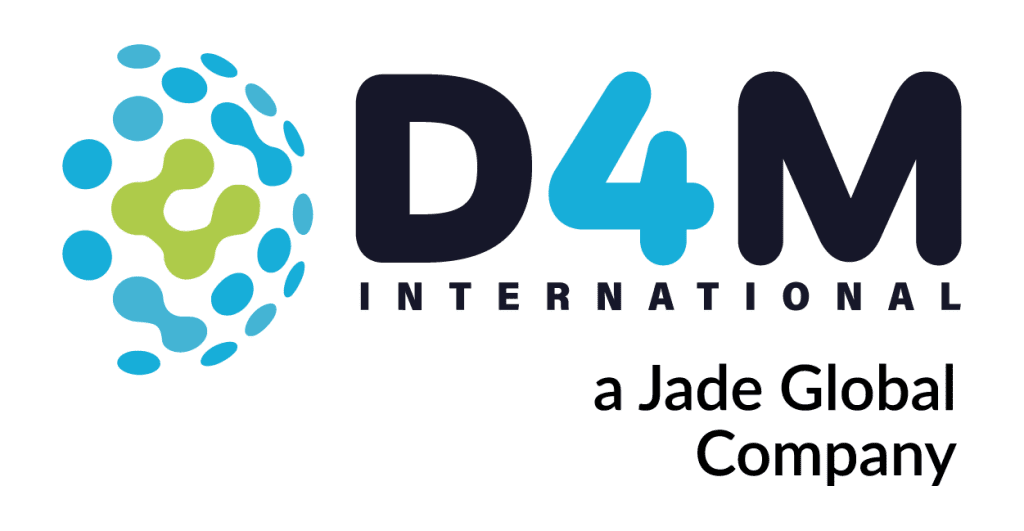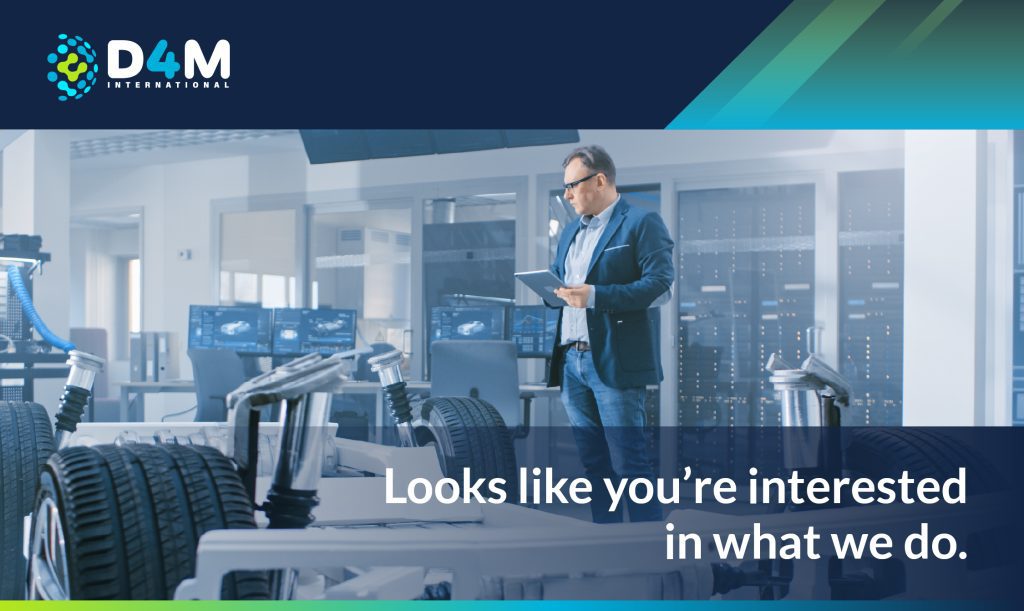In the finale of our Erick Sanchez interview, Erick gives us a brief checklist on what to keep in mind when implementing a WM system including timing, scanner compatibility, and extensive training/organization.
As this interview session comes to an end, we would like to thank Erick Sanchez for his time and expertise on this subject. With over 13 years of experience in the Warehouse Management implementations, we greatly appreciate his insight into this topic.
Now, without further ado, let’s hear what Erick has to say:
Gene: In closing, can you please remind potential clients looking to either install a Warehouse Management system or upgrade to EWM software the most important things to keep in mind for that transition period?
Eric: First thing they need to keep in mind, even when they can have a system controlling the internal movements and the stock in their production plants or warehouses, they need to keep in mind that most of the success implementing these kind of modules, warehouse management or extended workhouse management is to be very organized physically. That means they need to have a very organized workhouse physically, they need to have specific zones, dedicated areas, they need to have very specific racks in various positions (not to mention floor bins). They also need to have people that are aware on the new activities that they will perform.
Eric: As mentioned before, a big example of this is via the changes in scanning. They need to be aware that the people inside the warehouse need to be very organized. For example, if the system is determining that one specific storage bin is empty and you need to put that specific palette on that bin, if this guy doesn’t want to follow what the system is saying or is familiar with how the new system inputs said information, then this system will crash, right? So they need to be aware on that.
Eric: While on the subject of scanners, let’s talk about compatibility. In some cases, companies will either choose to OR be limited by their old scanners they currently own. Normally, one old scanner can support the new EWM module because there is an interface that the scanner can support. This is heavily dependent on the systems; sometimes, they will need to buy new scanners.
Eric: It would also be beneficial to make room on the budget to buy printers because sometimes we need to print labels coming from SAP system.
Eric: Another important factor with implementation is timing. With regards to implementation, an upgrade would probably be no less than six months. If they already have a WM module implemented and the people are already experienced with scanners currently installed in the warehouse, then it could be easier. If it is a totally new system, then probably take no less than eight months to one year.
Eric: But the size of the customer and the plant of implementation is also a factor. If it is a huge plant, then it could take more than one year because you need to define everything in the system, reorganize your warehouses physically, change operations in the system, on top of giving your employees the necessary training!
Eric: Another key factor is testing. You need to do different mocks and trials to see if the people are capable to operate every aspect of the system (ie: to scan, print labels, solve problems, etc.).
Eric: Then another factor is the accuracy of your information. It doesn’t matter if you already have SAP or you have any other kind of ERP system, if you have an accurate information in your current system, then it will be easier to translate it and to migrate it to the new SAP system. If all your information in your current system is a mess, for example, you have a lot of obsoletes, you have a lot of garbage in your system with regards to numbers, stock, etc. then you need to clean all that information in the current system before that is migrated to the new SAP system.
Eric: And the third point is the training. I faced some situations where the different customers think that one training session is enough to operate the new SAP system. I can tell you from experience that it is not enough. In the past, I have done five or six different training sessions to the same group; because every new session they came with new questions, situations, and scenarios. Every time did a new session, the group would discover new problems they didn’t have answers for. So, I can tell you training is one of the success factors in an implementation. Training, training, training.
Eric: So, the system will work for sure; even if it is a template that is already working in other parts of the world. I can tell you the system can work, but if the people are not well trained and if the information in your system is not migrated in good shape, the system won’t work.
Eric: So those are my factors to be considered in any kind of implementation of WM and even more so in an EWM migration or upgrade. Remember, at the end of the day, you are managing your stocks. I cannot stress enough that if your numbers are wrong, then if you migrate those numbers to the new SAP system, the system won’t work and you will have a mess. I can tell you that.
For more interviews/success stories, be sure to check out the official D4M International YouTube page!
D4M is a privately owned company specializing in leveraging digital technologies to accelerate manufacturing clients to their transition to Industry 4.0. With long tenure and hundreds or successful projects, we are confident that our approach and experience provides the roadmap to help bring clarity and efficiency to your manufacturing operation.
To find out how we can help with your SAP environment, or to learn more about how we rolled out SAP to 60 locations in 60 months, reach out to us today. Contact form and office numbers listed below.
We look forward to partnering with you soon!






